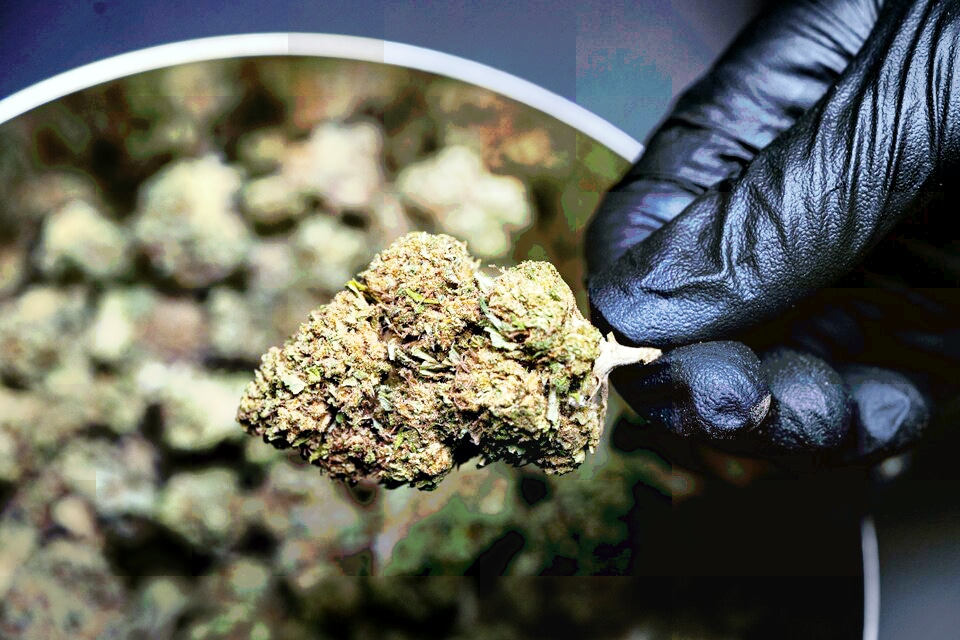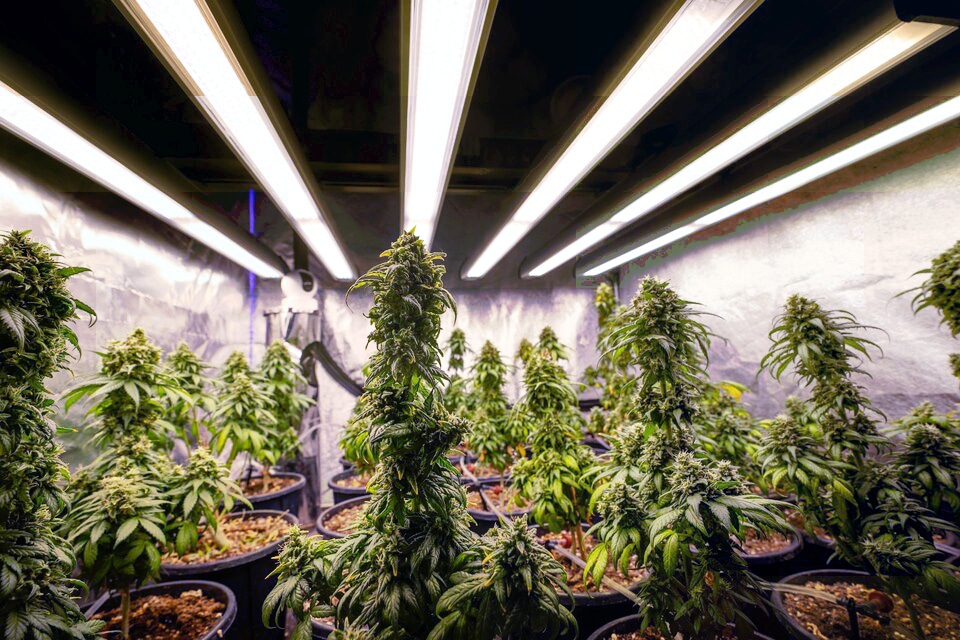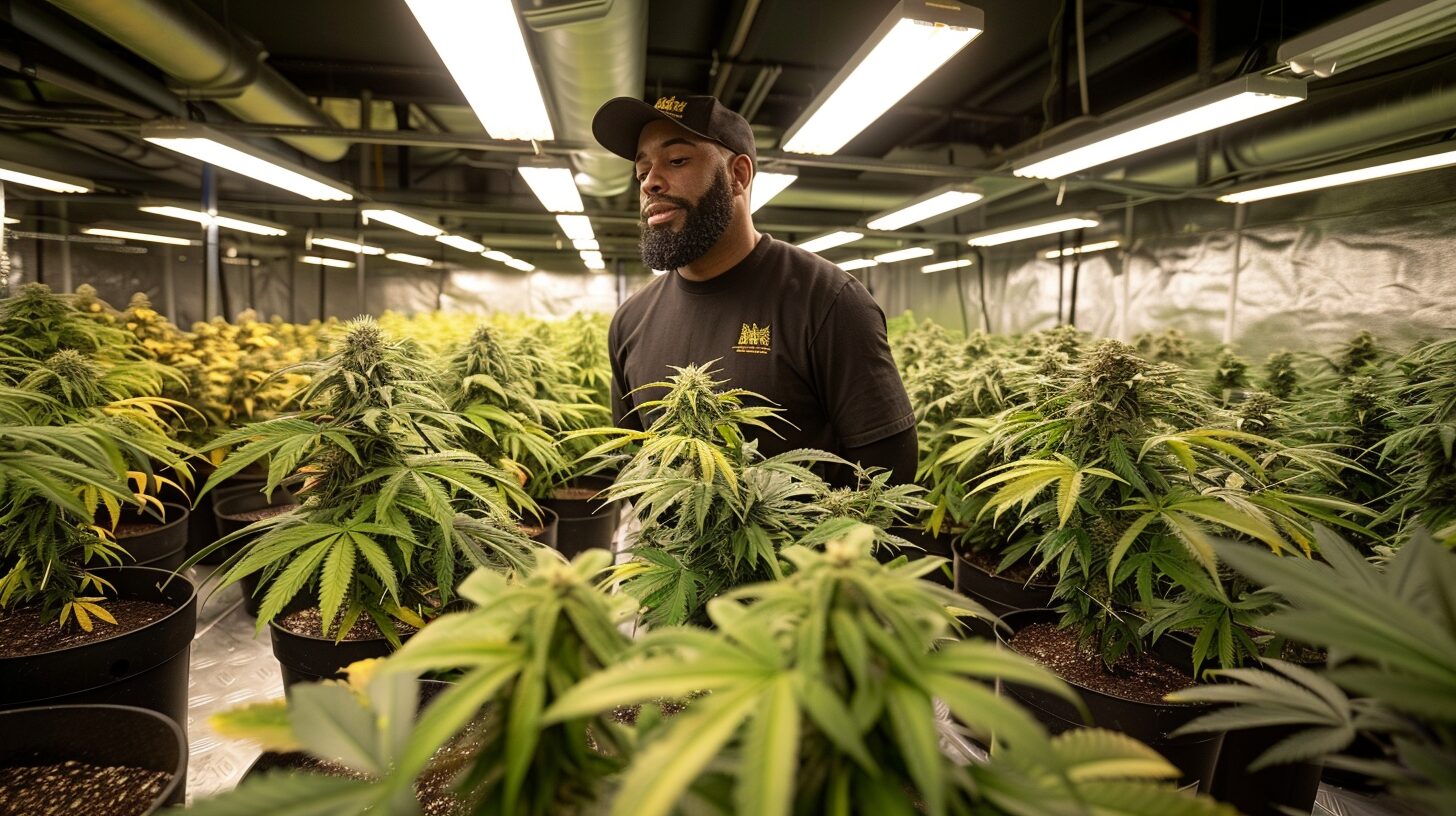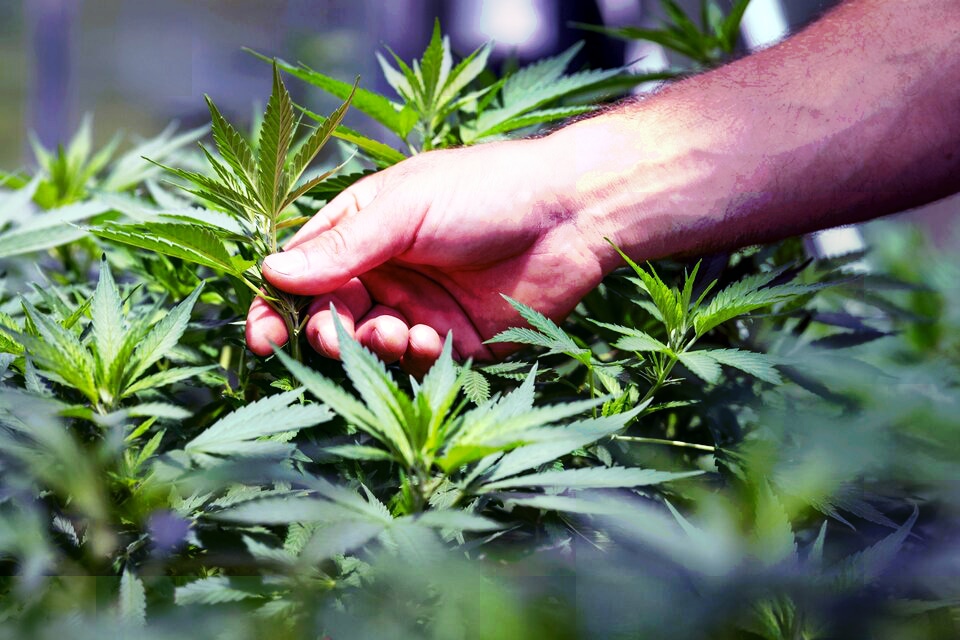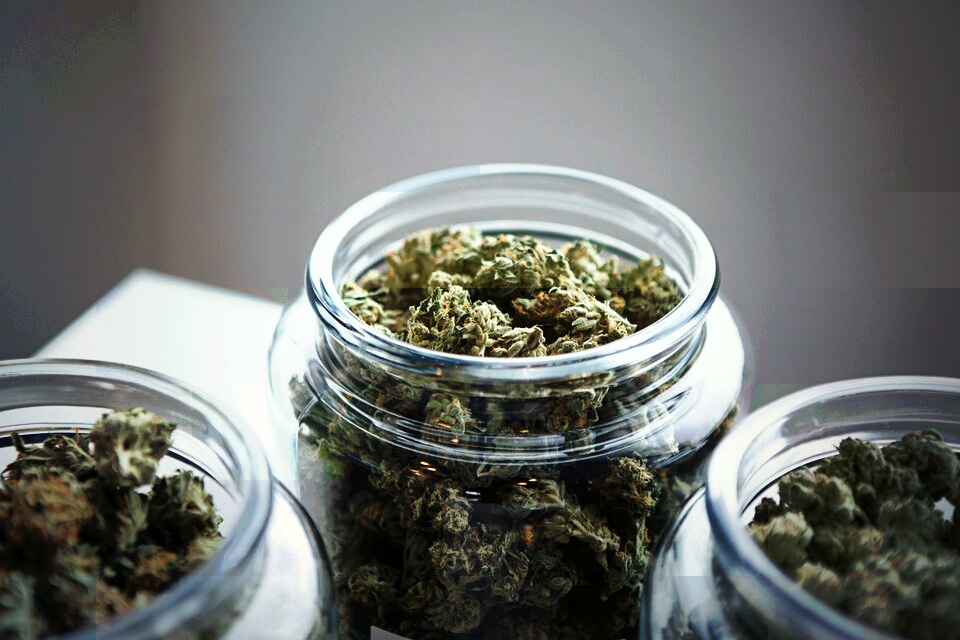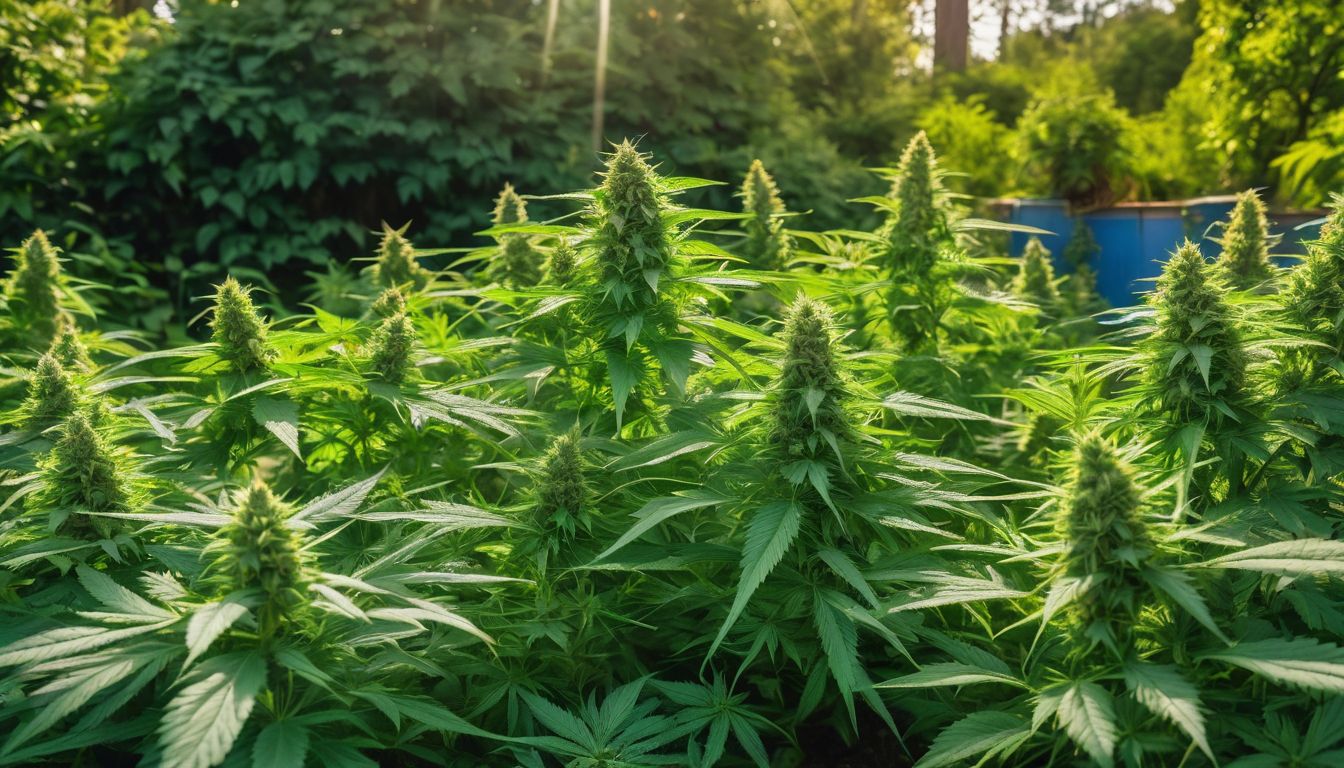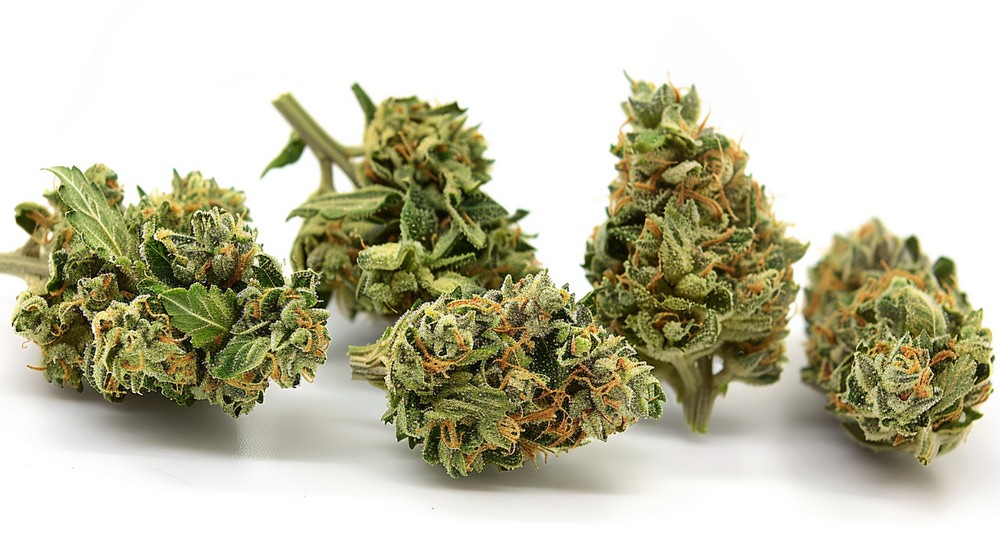Guia da Colheita de Cannabis: Momento Ideal e Técnicas
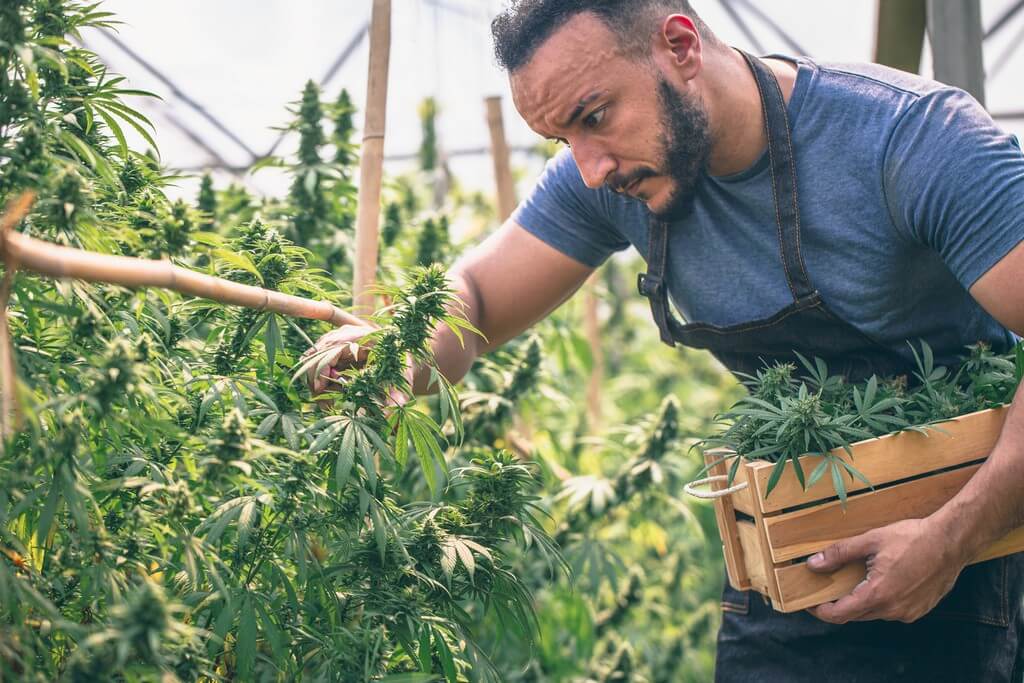
Have you ever looked at your marijuana plants wondering when and how to obtain those perfect buds? Growers harvested an impressive 800,000 pounds of biomass in one year, showing the potential of a good harvest.
In this post, I will guide you through the complete process from cultivation to curing so you can enjoy your own quality buds. Keep reading and discover the secret to a successful harvest.
Key Conclusions
- Choosing the right time to harvest is essential. The trichomes should look milky and some amber, and the bud pistils should change from white to orange or brown.
- Use sharp scissors, nitrile gloves and isopropyl alcohol to keep the harvesting process clean and avoid problems like mold.
- Drying the branches in a cool, dark place with good ventilation is important for a successful harvest.
- Proper curing, opening the jars daily for at least two weeks, improves the flavor and effect of the marijuana.
- Keeping the work area clean and handling waste properly is key to not harming the environment.
Anatomy of a Cannabis Plant

After talking about the introduction to cultivation, it’s time to know the plant itself. The cannabis plant has several important parts. The main stem is like its backbone, strong and carries water and food to the other areas.
The branches come out from the stem and hold the leaves, which are vital because they do photosynthesis for the plant to grow.
On each branch you find leaves that can look like fingers stretching out. There are two types: the fan leaves, large and green, and the sugar leaves, smaller and closer to the buds.
The trichomes are like tiny chemical factories that cover the buds and some leaves. That’s where THC and CBD are made, which give cannabis its special effects. Knowing these parts helps you take better care of your plants and understand how they grow from seeds to beautiful marijuanas ready for harvest.
The different shapes of the plants, like indica and sativa, also affect how to grow them and when they are ready to pick their fruits.
How to Grow Cannabis
Let’s dive into the fascinating world of cannabis cultivation, where every decision, from choosing the space to the type of seed, is a step that brings us closer to those juicy and aromatic buds.
With techniques that vary between the comfort of our home and the outdoors adventure, growing these plants is a personalized experience; and for the boldest, there are even methods that challenge the plant and double the reward!
Indoor marijuana growing
Growing marijuana inside your house is exciting and has its tricks. It allows you to have control over the environment and help your plants grow strong.
- Choose a place to grow, like a room or grow tent.
- You need powerful lights, LEDs are good for plants.
- Make sure there is good ventilation, with air coming in and out.
- A system to control temperature helps maintain the perfect climate.
- Use quality soil or hydroponic systems to keep your marijuanas happy.
- Pots should be the right size for your plants’ roots.
- Water carefully; not too much water but not too little either.
- Give nutrients to your plants, but without overdoing it so they don’t get sick.
- Watch out for bugs and diseases; always keep everything clean.
- Watch humidity; if there’s too much, mold could appear on the buds.
- Train your plants using techniques like “topping” or “LST” for more buds.
- Keep an eye on how light and water needs change as they grow.
Outdoor marijuana growing
Growing marijuana outside can be rewarding. With the help of the sun and fresh air, your plants can thrive.
- Choose a good spot. Make sure your plants get lots of sun during the day.
- Think about the climate in your area. Some marijuana strains are better for certain climates than others.
- Prepare the soil before planting. Rich, well-drained soil will help your plants grow strong.
- Choose the right seeds. Indica, Sativa or hybrid strains have different needs.
- Use large pots if you can’t plant directly in the ground. This gives the roots space to expand.
- Water them regularly but not too much. Water is vital, but too much can cause problems like mold.
- Protect them from animals and pests. You can use fences or natural products to keep them safe.
- Give the plants nutrients, but carefully. Too much fertilizer can damage your plants.
- Watch how your plants grow and learn from them. You’ll see what they need just by looking at them.
High stress training techniques to maximize yield
High stress training techniques, or HST, are powerful. With them, you can get your cannabis plants to produce more. One way is called “topping“. Here you cut the top part of the plant.
This makes the plant grow wide instead of tall. Another technique is “super cropping“. This is when you carefully bend and crush the stems to make the plants stronger.
But be careful, these techniques can be risky and need to be done with a lot of attention to not damage your precious plants.
After applying HST, the plants need time to recover. It’s important to give them love and care. That way they’ll be ready for the next exciting stage: the harvest!
How and When to Harvest Cannabis
Alright, grower friends, we’ve reached that critical — and super exciting — moment where your green efforts are about to bear fruit (or rather, buds), but how do you know the perfect instant to cut without ruining all the work? We’re diving headfirst into the fascinating art of harvesting cannabis, so get ready to discover the secrets that will make your harvest the envy of everyone!
How to know when to harvest cannabis
Knowing the best time to harvest your cannabis is key. It will give you the most potent and tasty buds. Here I leave you some simple steps to identify when it’s time:
How to prepare for the harvest
Preparing for the cannabis harvest is like getting ready for a big day. You want everything to go perfectly and get the best out of your plants. Here you have a list of steps to follow:
- Choose the right time. Observe your plants and look for signs that tell you they are ready to harvest, like the change in color of the trichomes.
- Clean your work space. Make sure the area where you are going to cut the plants is clean and tidy.
- Gather your tools. Sharp scissors, nitrile gloves and isopropyl alcohol are crucial for a clean job.
- Prepare the areas for drying and curing. A cool, dark space with good ventilation will prevent mold on your buds.
- Check the ambient humidity. Keeping it between 45% and 55% is ideal during drying.
- Plan your cutting technique. Decide if you are going to do “wet trimming” or “dry trimming”.
- Get glass jars like mason jars; they will be your best friend when it’s time to cure the buds.
- Make friends with time. Harvesting too late can decrease THC potency.
Equipment needed for harvesting
Harvesting cannabis is like picking the fruits of a great effort. You need the right tools to do the job well. Here you have a list of the equipment you are going to need:
- Pruning shears: Use sharp ones to cut the branches and trim the leaves.
- Nitrile gloves: Keep your hands clean and protected from the sticky resin.
- Magnifying glass or microscope: This helps you see the trichomes and know when to cut.
- Trimming tray: With it, you’ll easily collect the remains when pruning.
- Isopropyl alcohol: It serves to clean your tools and keep everything hygienic.
- Airtight containers: Use them to dry the buds without letting moisture or air in.
- Airtight bags: Perfect for storing your cannabis once it’s dry and cured.
Step-by-Step Cannabis Harvesting Process
Ah, friends, we’ve reached the heart of the matter, the harvest! It’s that magical moment where you’ll see the fruit of your patience and effort.. Let’s break it down step by step, but not without first putting on our nitrile gloves and making sure the isopropyl is ready, because things are going to get sticky (in a good way, of course).
Get ready to get your hands dirty and transform those beautiful plants into buds ready for curing.
Cutting the branches
It’s key to use the correct technique for cutting the branches; this helps you get the most out of your plants. You want to be careful not to damage the parts that contain the valuable buds.
Use clean, sharp scissors and make precise cuts. That way, you don’t hurt the plant more than necessary.
When cutting, think about the quality and flavor you expect from your harvest. Do it at the right time and you’ll see how the yield improves. Plus, you’ll avoid problems like mold, which can ruin all your effort.
Cut each branch with patience and attention to protect those precious buds you’ll soon enjoy.
Trimming the fan leaves
Now that you’ve cut the branches, it’s time to deal with the fan leaves. These large leaves may seem important, but removing them helps a lot. Without them, the plant puts more energy into the buds.
And that’s exactly what you want, right? Big, beautiful buds!
To start, grab your scissors. Choose some that are well sharpened. A good clean cut is very important to not harm the plant. Carefully cut the fan leaves close to the stem.
Do it calmly; there’s no rush. Think of it as giving your plant a new haircut. In the end, you’ll see how your effort was worth it when you have top quality buds.
Trimming sugar leaves
After removing the fan leaves, it’s time to deal with the sugar leaves. These small ones are closer to the buds and full of shiny trichomes. By carefully trimming them, the quality and flavor of the cannabis can change a lot.
For some, it’s an art—moving the scissors with precision, looking for that perfect point between the leaves and the bud.
It’s a job that calls for patience and a keen eye. It’s best to use nitrile gloves and sharp scissors to not damage those precious trichomes. Although it can take time, the effort is worth it.
A good trim means cleaner and more attractive harvests, just what any grower wants.
Hanging the branches
Now is the time to hang the branches carefully so the buds can dry well. Find a cool, dark place with good air circulation. Using strings or hangers, hang the branches upside down.
It’s vital to keep humidity low to avoid mold, which can ruin your buds. Don’t pile them up; leave space between them.
This step is key for even drying. Give them time, because rushing this process can affect the quality of the cannabis. As they dry, the buds will shrink in size, but don’t worry, that’s normal.
The next step will be to collect the waste, where you can take advantage of even the small leaves full of trichomes that are left.
Collecting the waste
After cutting and trimming your marijuana plants, you’ll have to deal with the remains. It’s not just throwing them in the trash and that’s it. This waste includes plant remains, like fan leaves and packaging from the products you used.
It’s key to handle them well to not harm the soil or water.
You have to follow the rules of the place where you live to dispose of this waste. Nitrile gloves, use them while you work to keep everything clean. And then, with isopropyl alcohol, clean the tools.
That way you make sure you don’t have problems with mold or other messes that can come if you don’t do things as they should be done.
Tips and Tricks for a Successful Cannabis Harvest
Choose well the time to harvest. The plants will tell you when they are ready. Look at the trichomes with a magnifying glass; if they are milky with some amber, it’s time. Cut the branches on a dry day to avoid mold.
Don’t rush this step, because drying and curing well greatly increases quality.
Use nitrile gloves to protect your hands and avoid stickiness. Clean your scissors often with isopropyl alcohol for clean cuts. Don’t forget to ventilate the drying area well.
This way you avoid mold and keep the fresh flavor of your buds. And remember, patient is the grower who in the end enjoys!
How to Cure Your Cannabis Buds
Now that you’ve successfully harvested, it’s time to cure your buds. Proper curing will make your marijuana even better.
- Cut the buds from the branches. Use sharp scissors to do it.
- Place the buds in glass jars. Make them transparent and with a lid.
- Fill the jars, but don’t pack the buds tightly. They should have room to “breathe”.
- Store the jars in a cool, dark place. This helps protect the potency of your buds.
- Open the jars once a day. This is called “burping”. Let air in for a few minutes.
- Repeat this process for at least two weeks. Some prefer to cure their buds for longer.
- Check for mold every time you open a jar. If you see anything odd, take that bud out quickly.
- Notice how the smell changes over time. A good sign is when it smells rich and strong.
- Test your buds after a few weeks. You’ll see how the flavor and effect improve.
Conclusion
Cultivating and harvesting your own marijuana is an adventure. You feel the magic when you see those plants transform. You become part of their journey from a small seed to a beautiful flower.
And yes, in the end, you enjoy buds that you have raised yourself. Hands to work and to cultivate!
Frequently Asked Questions
1. What should I do to harvest cannabis correctly?
To harvest cannabis, wait until the marijuana plants are mature, cut the buds and then remove the fan leaves and sugar leaves. After, avoid mold by drying and curing the cannabis well.
2. How do I know when I can harvest my marijuana plants?
Look at the trichomes with a magnifying glass — when most are milky and some amber, whether indica, sativa or hybrid, it’s time to harvest.
3. Why is it important to use nitrile gloves when harvesting cannabis?
Use nitrile gloves to protect your hands from the sticky THC and to keep the buds clean. Afterwards, clean everything with isopropyl alcohol.
4. What are autoflowering seeds and how do they affect the harvest?
Autoflowering seeds are types of cannabis that flower quickly without needing light changes. This makes harvesting easier because you don’t wait as long.
5. What is “burping jars” in the curing process?
“Burping jars” (opening jars) is something you do when you are curing your cannabis. You open the jars for a while to let fresh air in and thus avoid mold and improve flavor.

